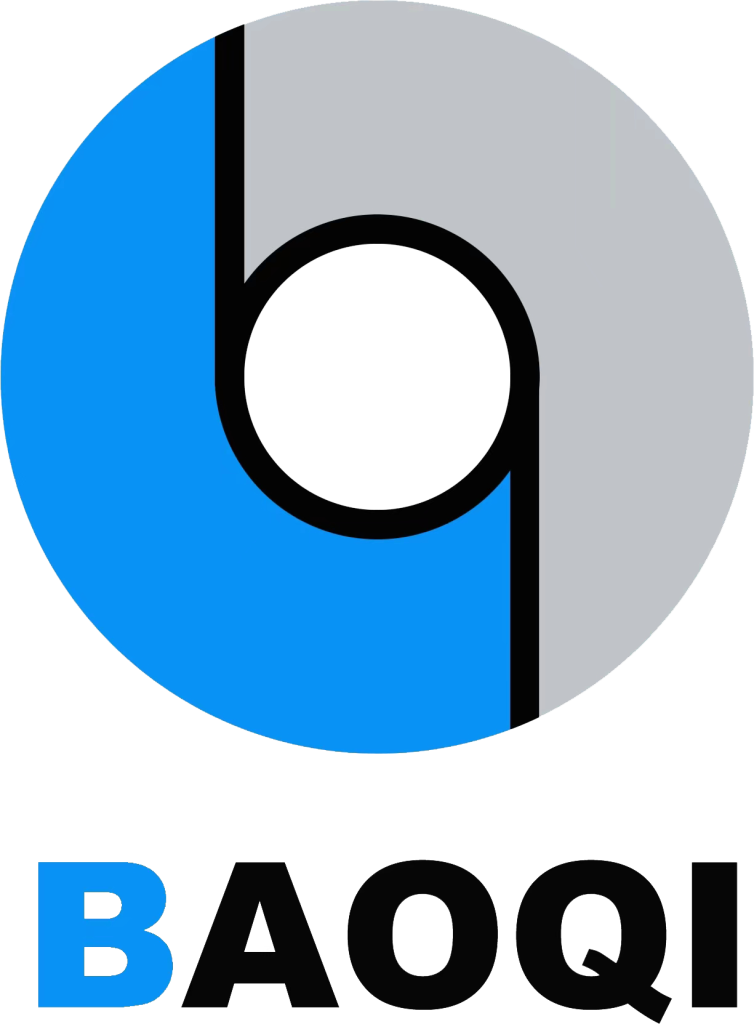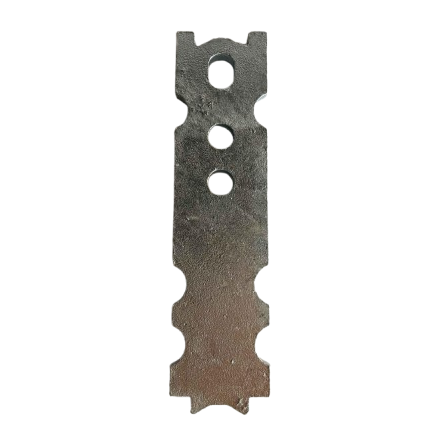
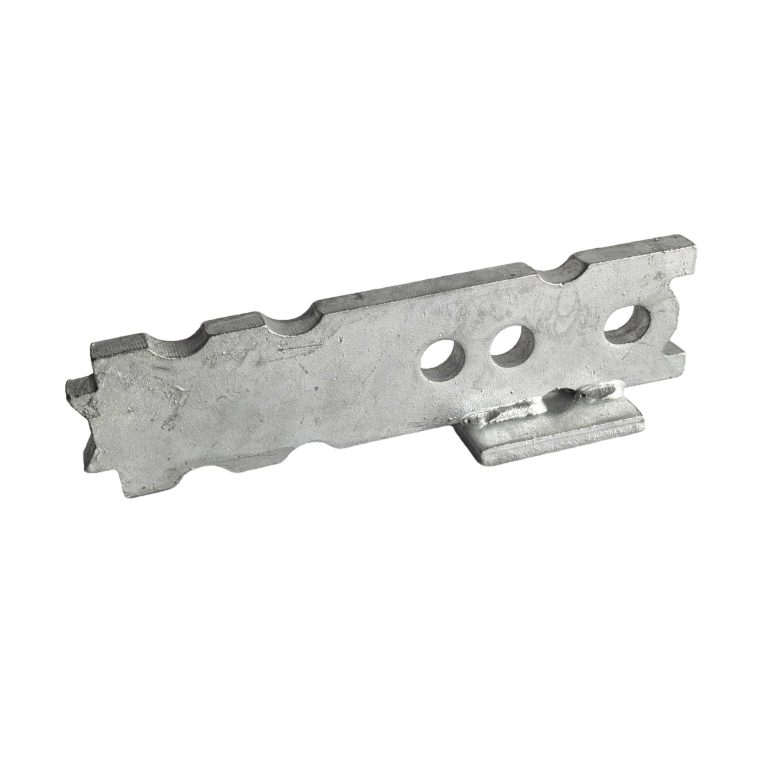
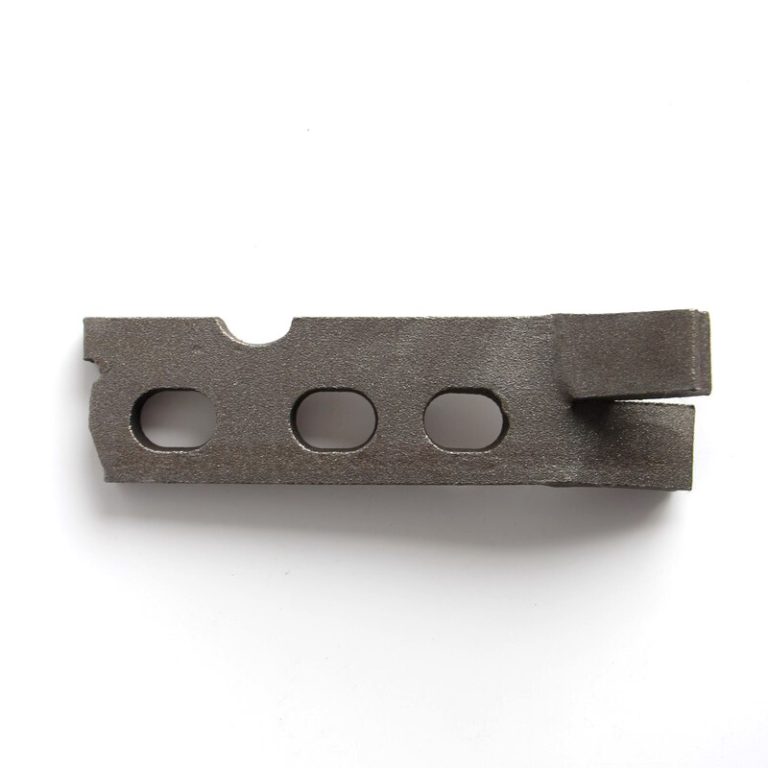
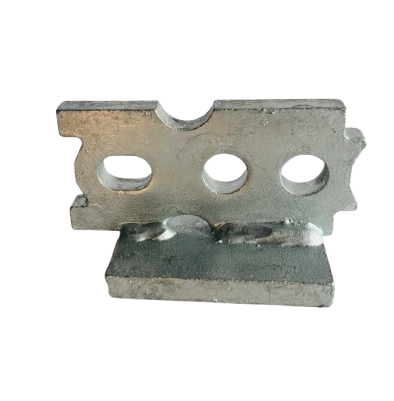
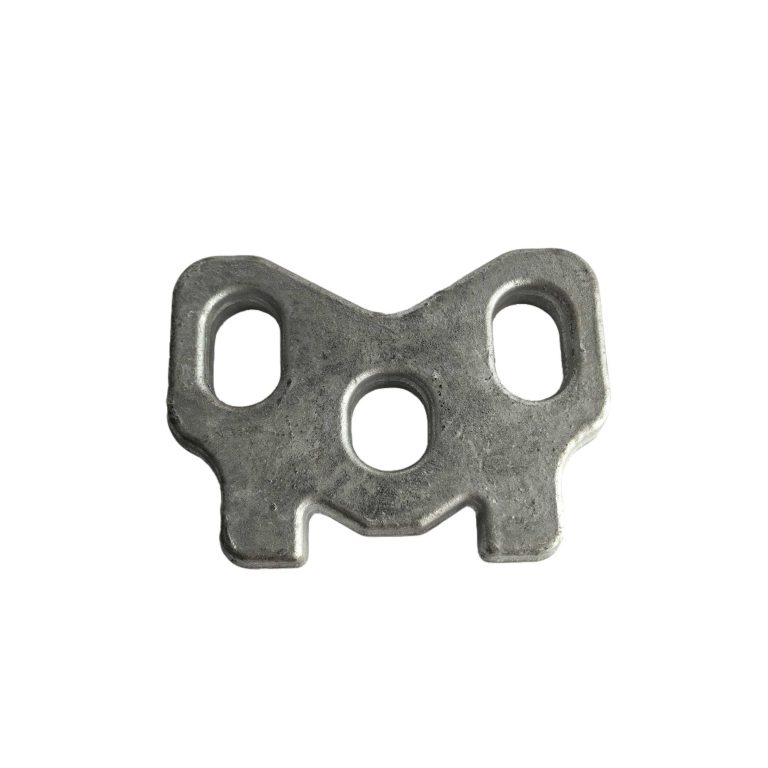
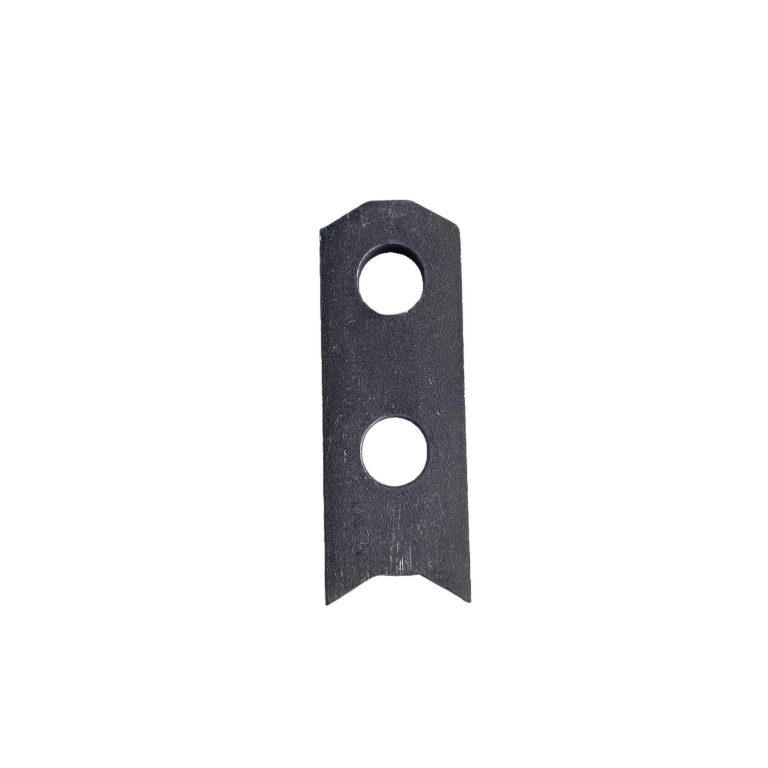
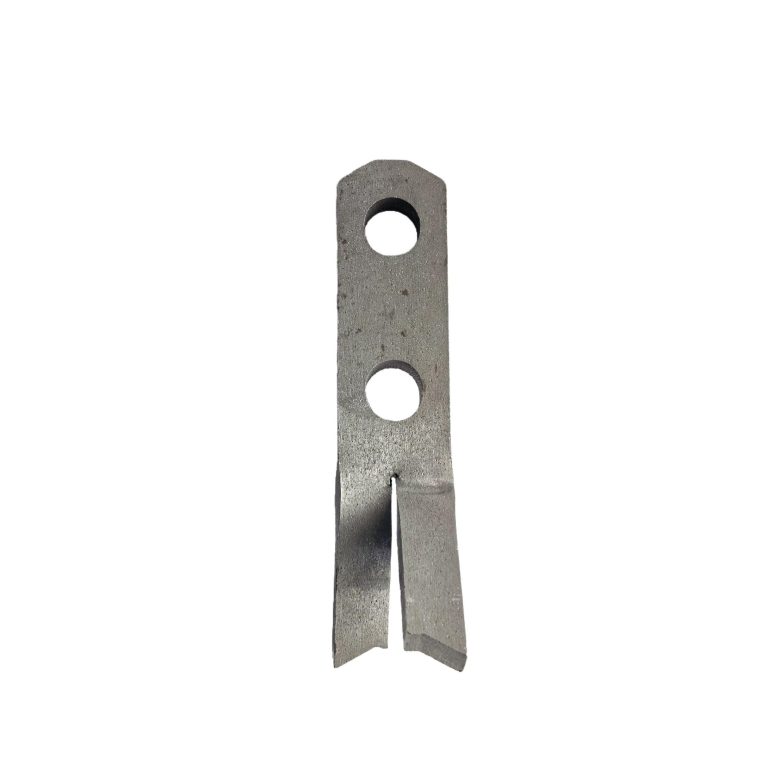
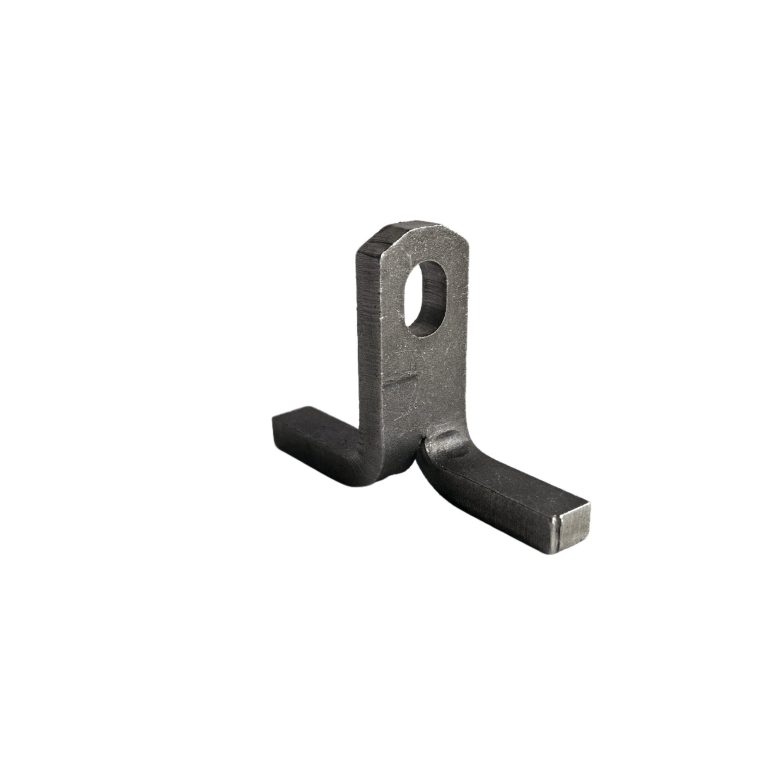
Hairpin Anchor is designed to provide greater lifting capacities from horizontal to vertical edge lifts. The two castellations on the head of the anchor, assists in protecting against spalling of the concrete during the lift. The castellations reduce the ring clutch rotation during lateral pulls. Resulting in lateral forces being transmitted directly to the edge of the anchor instead of the concrete. A hairpin anchor typically consists of a bent metal rod or wire, shaped somewhat like a hairpin (hence the name).It is made from materials such as stainless steel, carbon steel, or galvanized steel for durability and corrosion resistance. Simple Installation: Hairpin anchors are straightforward to install, requiring only a drilled hole and insertion.
Functionality:
Hairpin Anchor is designed to provide greater lifting capacities from horizontal to vertical edge lifts. The two castellations on the head of the anchor, assists in protecting against spalling of the concrete during the lift. The castellations reduce the ring clutch rotation during lateral pulls. Resulting in lateral forces being transmitted directly to the edge of the anchor instead of the concrete.
Special feet forged onto the side of the anchor removes the requirement of installing shear bars. Can be remote released as an added safety feature. Forged for added strength and manufacturing accuracy. Hot dipped galvanised for corrosion protection, beneficial in thin panels where concrete cover is minimal.
Application:
Construction lifting & fixing systems
Construction: Used in crane operations, lifting heavy prefabricated elements, and positioning structural components.
Manufacturing: Employed in factories and workshops for lifting machinery and equipment during assembly or maintenance.
Marine and Offshore: Utilized in shipyards and offshore installations for handling heavy marine equipment and components.
Building Construction: Used in anchoring building elements like structural steel, HVAC systems, and equipment mounts to concrete foundations and floors.
Infrastructure Projects: Applied in civil engineering for securing guardrails, signposts, and other fixtures to concrete barriers or roadways.
Renovation and Retrofitting: Useful for anchoring new structures or retrofitting existing ones to meet updated safety or structural requirements.
Advantages:
Simple Installation: Hairpin anchors are straightforward to install, requiring only a drilled hole and insertion.
High Load Capacity: They can withstand significant loads due to the frictional resistance provided by their design.
Versatility: Suitable for a wide range of applications in construction and civil engineering where anchoring into concrete or masonry is required.
High Load Capacity: They can withstand significant loads due to the frictional resistance provided by their design.
Versatility: Suitable for a wide range of applications in construction and civil engineering where anchoring into concrete or masonry is required.
Castellations/ears: These are designed to protect the concrete panels and reduce the risk of spalling. The clutch rests against the ears rather than the concrete. The pressure/ stress etc is transferred through the lifter to inside the panel reducing the stress on the edges surrounding the lifter
Tension bar holes: Positioning and additional tension bar holes. Where space is a premium, the bar can be moved to other hole so that it does not interfere with steelwork in the panels
The straight section between both sets of teeth/jaws is too narrow for the jaw section to slip through making it harder for the lifter to pull out.
